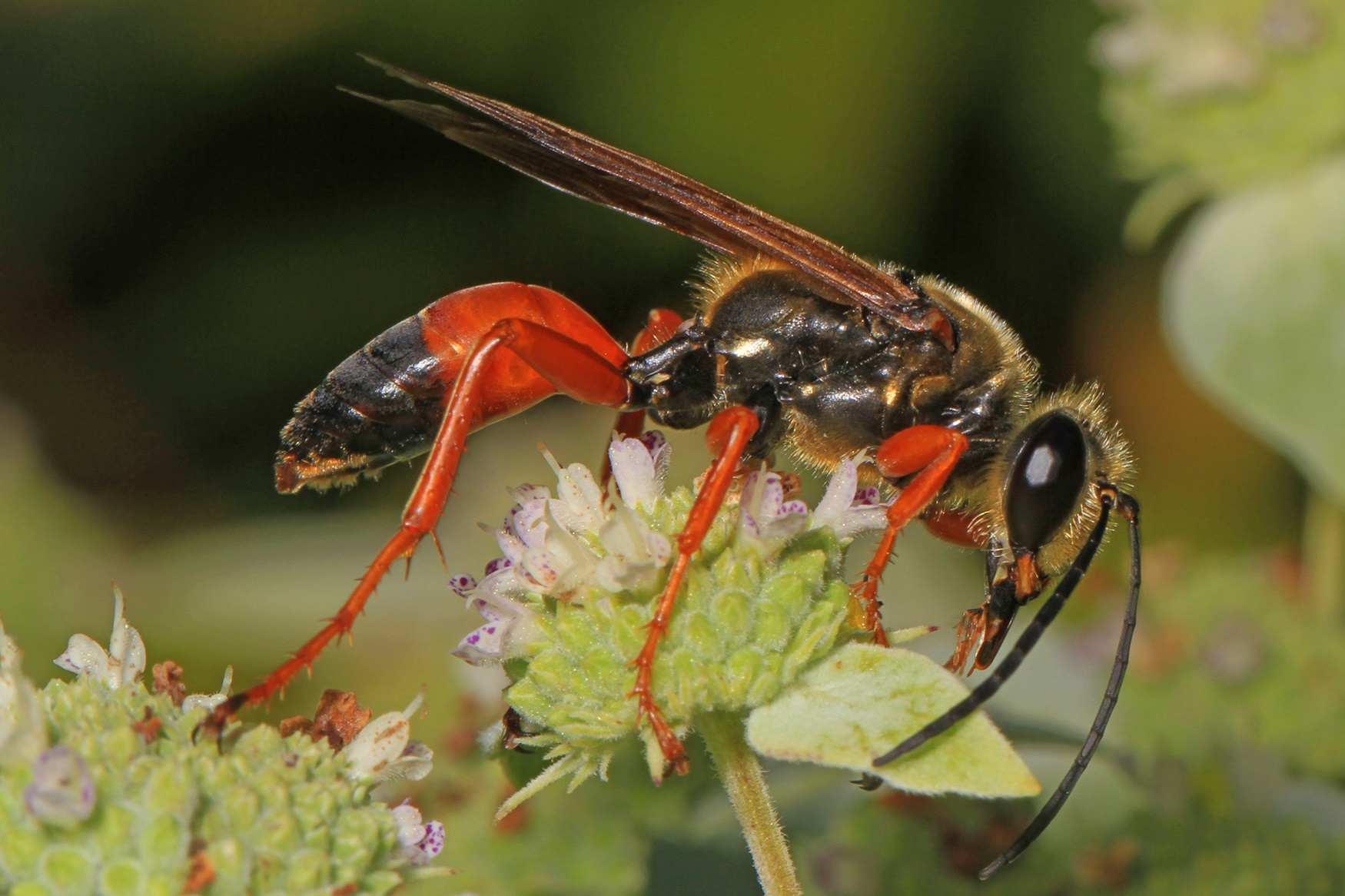
Thrips, order Thysanoptera (Gk for "fringe-wings"), are among the smallest insects, being slender and usually less than 2 mm long. About 4500 species have been described, but only 104 of a probable 250 species are known from Canada.
Range
Thrips are most closely related to bugs (order Hemiptera) and are adapted to life in confined spaces (eg, in flowers, under bark or in leaf litter). They are widely distributed across southern Canada, but a few species occur in the Arctic and Subarctic.
Structure
They have asymmetric "punch and suck" mouthparts (right mandible is absent) and feed on fungi, pollen, leaves or small animals. Adults generally have 4 long, straplike wings fringed with long hairs (hence their name), but some are wingless or vary in wing length.
Reproduction and Development
Metamorphosis is intermediate between complete and incomplete. Two active feeding larval stages are followed by 2-3 sluggish nonfeeding "pupal" stages. Males usually develop from unfertilized eggs and females from fertilized eggs, but only females are known in some species.
Interaction With Humans
Thirty species are crop pests; 11 occur in Canada, including onion thrips (Thrips tabaci), which transmit tomato spotted wilt virus and are of major importance.

 Share on Facebook
Share on Facebook Share on X
Share on X Share by Email
Share by Email Share on Google Classroom
Share on Google Classroom



